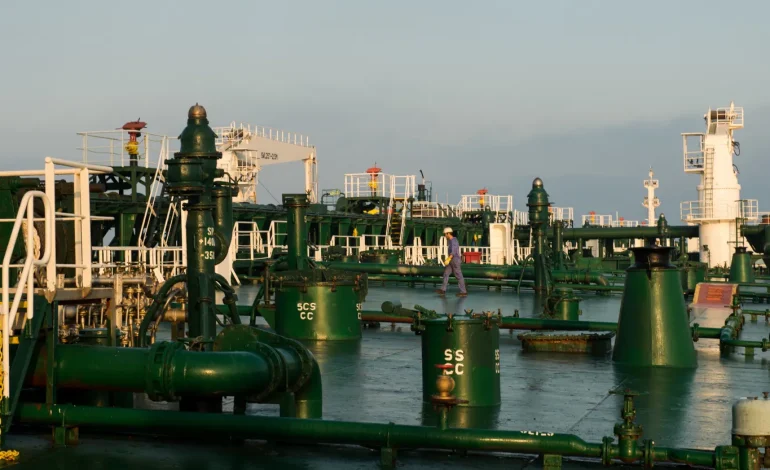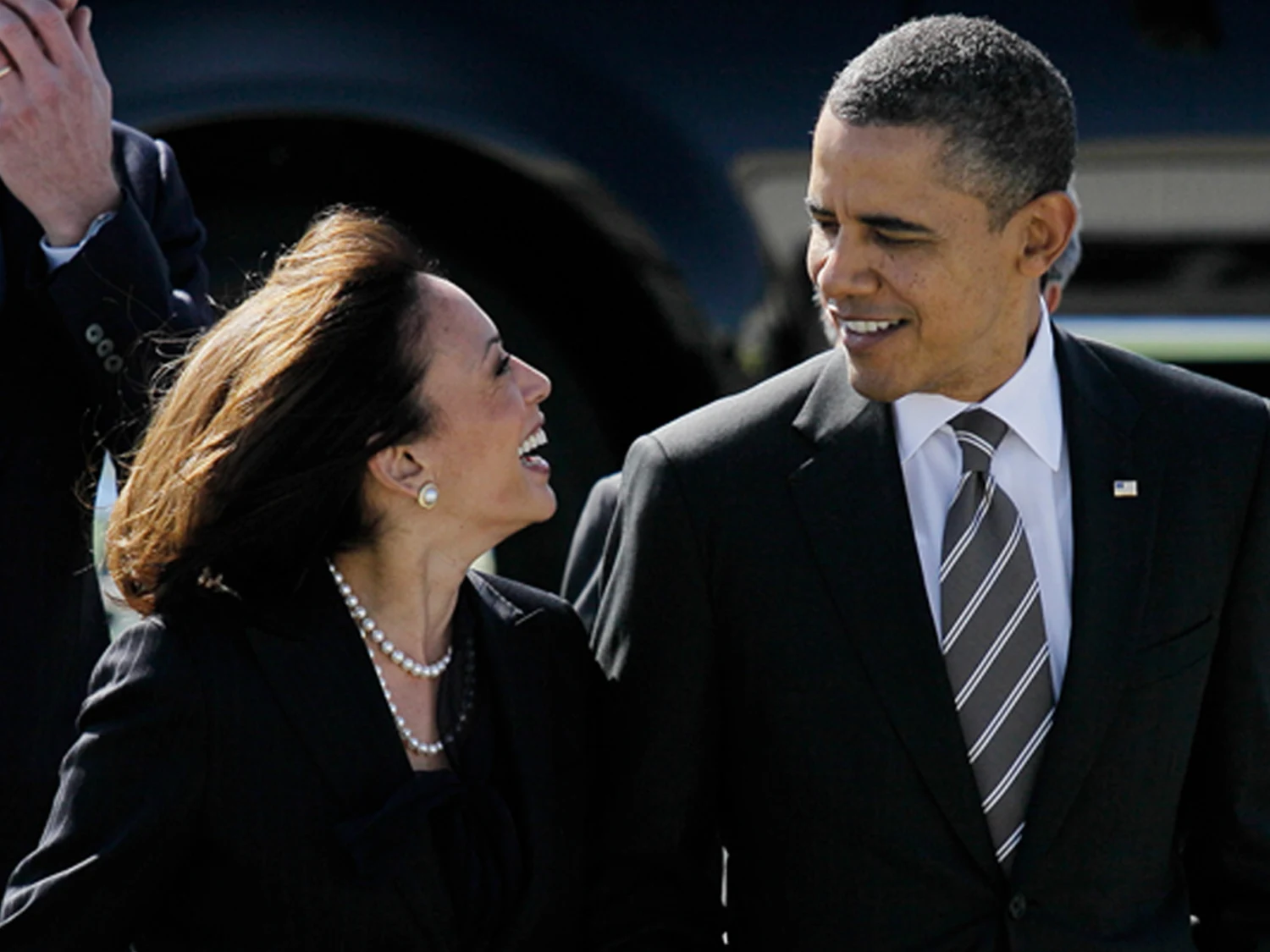Morning Update: Rising Oil Prices Driven by Middle East Tensions

Oil prices are on track for their largest weekly increase in over a year, driven by escalating tensions in the Middle East.
As of Friday, Brent crude futures are poised to rise approximately 8% for the week, marking the steepest gain since February 2023, while US crude futures are expected to increase by 8.2%, the highest since March of last year. This surge comes as concerns mount regarding potential Israeli retaliatory strikes on Iran following recent missile attacks.
While most equity indexes and stock futures are showing positive movements, these gains are tempered by investor speculation about Israel’s next moves. Despite US President Joe Biden stating he does not foresee an “all-out war” in the Middle East, he acknowledged ongoing discussions about potential strikes on Iran’s oil facilities in response to Tehran’s actions.
The market’s recovery from recent lows has contributed to rising oil prices, although overall stock performance and investor confidence are being pressured by geopolitical tensions. If these tensions continue and oil prices rise further, investors may need to reevaluate their inflation forecasts. Federal Reserve Chair Jerome Powell may also be adjusting his outlook in light of these developments, noting that the Fed plans to maintain gradual interest rate cuts to avoid a resurgence of inflation.
Attention is now turning to September’s nonfarm payrolls report, which is expected later today. Recent data indicate a robust labor market and strong performance in the services sector, suggesting minimal concerns as the report approaches. The day will also feature several speeches from European Central Bank officials, including Bank of England chief economist Huw Pill.
In positive news, US East Coast and Gulf Coast ports have begun reopening following a wage agreement that ended the largest work stoppage in the industry in nearly fifty years.
Key developments to watch today include:
- US nonfarm payrolls report for September
- Speech by Bank of England’s Huw Pill
- Remarks from various European Central Bank policymakers
Goldman Sachs has warned that oil prices could surge by $20 per barrel if Iranian production is disrupted. Iran, a member of OPEC, is a significant player in the global oil market, producing nearly four million barrels per day, which accounts for about 4% of the world’s supply.
Following Iran’s missile attack on Israel this week, US crude futures rose around 5% on Thursday, continuing to climb on Friday amid fears of potential Israeli strikes on Iran’s oil sector. Goldman Sachs’ Daan Struyven noted that a sustained drop of one million barrels per day in Iranian production could lead to a peak increase in oil prices next year.
Despite the historical impact of the ongoing Israel-Hamas conflict on oil markets, recent price pressures are shifting sentiment. If Iran’s oil infrastructure is targeted, the potential for supply disruptions in the strategically important Strait of Hormuz could escalate.
The Strait of Hormuz is critical for global oil transportation, facilitating approximately one-fifth of the world’s daily oil production. Iran has previously threatened to disrupt shipping through this passage if its oil sector is harmed.
On Thursday, Biden confirmed that the US is considering support for Israeli actions regarding Iranian oil facilities. Analysts believe these comments may have contributed to rising oil prices.
Fitch Solutions’ BMI projected that if a full-scale war were to erupt, Brent crude prices could exceed $100 per barrel, with prices potentially reaching $150 per barrel if shipping through the Strait of Hormuz were disrupted. While the likelihood of a full-scale war is deemed relatively low, the risk of miscalculations remains elevated, according to BMI analysts.
Despite some experts believing that OPEC+ could counterbalance potential losses from Iranian exports, the global spare oil capacity remains largely concentrated in the Middle East, particularly among Gulf states that could be affected by further escalation in the region.








